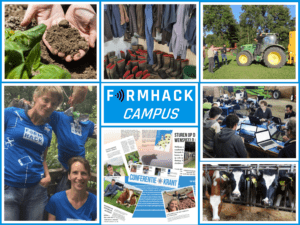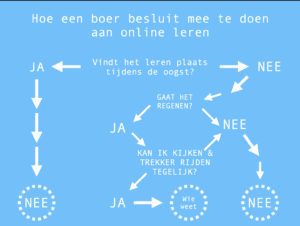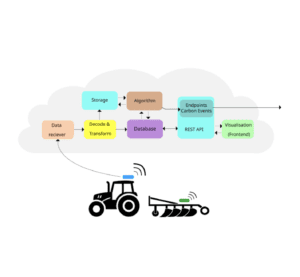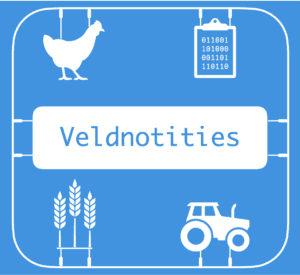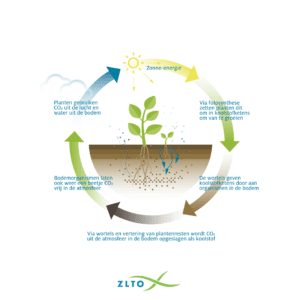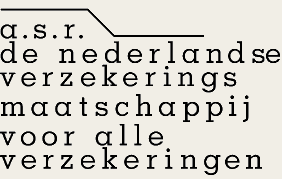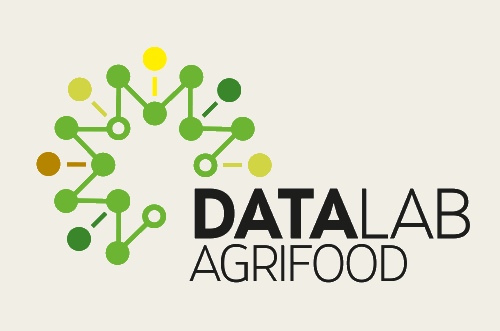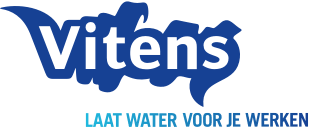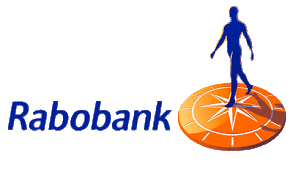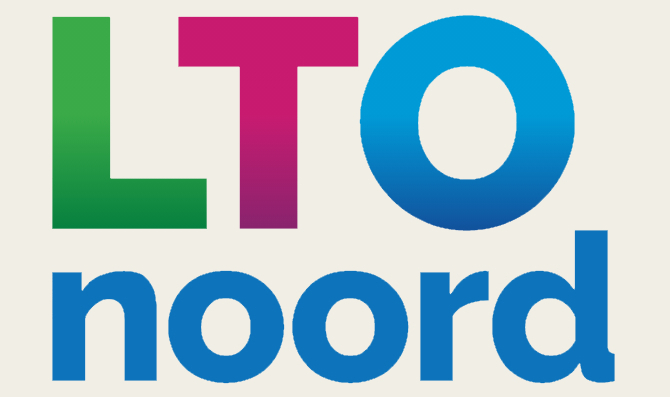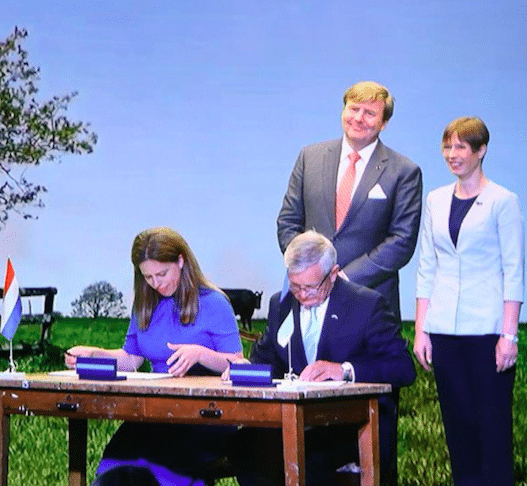
Door Anne Bruinsma
Results Tech4Ag Hack Estonia
“You got 48 hours to change Agriculture”. This was the challenge faced by teams participating in the “Tech for Agriculture” hackathon in Estonia the 8th to the 10th of June. The hackathon was organised by Garage48, the Estonian Ministry of Rural Affairs and University of Life Sciences and the Netherlands Ministry of Agriculture and the Embassy in Estonia. The hackathon kicked off with 95 of participants from Estonia, the Netherlands, and other countries. 15 ideas were pitched and 9 went into development. The FarmHackNL community was represented by two developers and a mentor. This is their story.
Helmert (mentor): “Looking at the scale of the agricultural sector, Estonia may not seem the most obvious location for a hackathon, but you’d better look twice. There are numerous innovations in IT, for example Skype, Transferwise and many other successful IT companies originate here. The start-up culture is lively and finds support from the government with flexible regulations and available funds. So it is possible that you can spot a pizza delivery robot in the streets of Tallinn. No joke! Add to that the relatively small size of the market; ideal for rapid experiments and you’ll start to see the ingredients for an incubator of innovations.
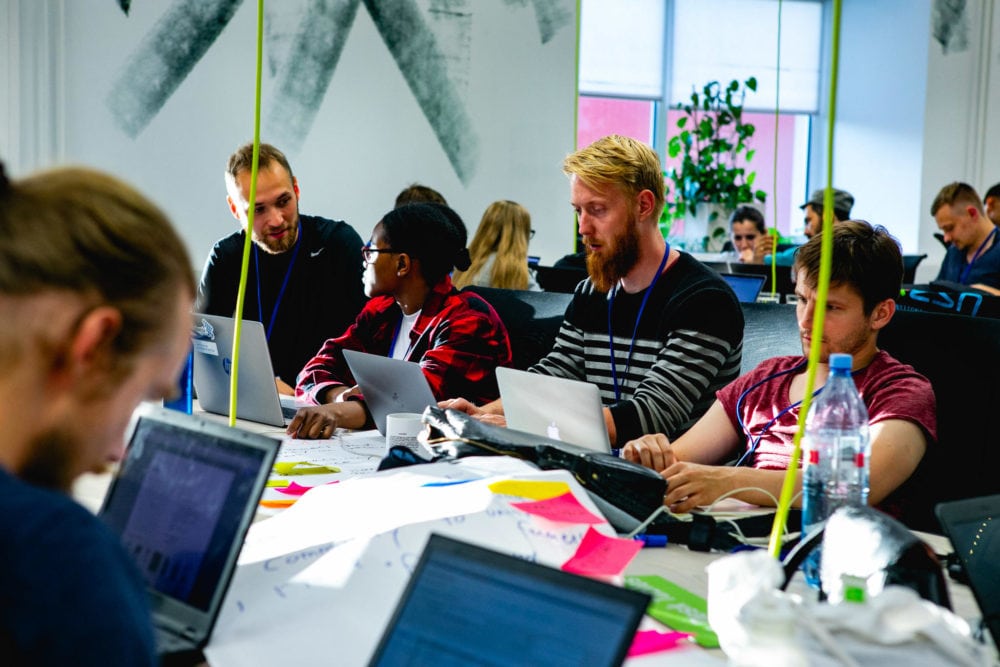
Start of the hackathon (pictures by Garage 48)
The hackathon started with a quick presentation of ideas:
- Machinery sharing
- Microgreen Urban Farms for everyone
- A platform for farmers to talk to each other (for example to talk about crop protection)
- Dude where is my tractor: Share machinery between hemispheres
- Bird’s A.I.: Use satellite images, artificial intelligence and image recognition to create an automated monitor
- Use aquaponics to grow crops in abandoned warehouses
- Create an open source seeds ecosystem using blockchain
- Solve problems in farming in zero gravity
- BuzzUp: Disease and distress detection in bees by the noise they make
- Greenhouses in trains
- Try to solve bee reduction problem by aggregating data
- Create a car that a strawberry picker can sit on to make his work easier
- Use machine learning to make data from tomato greenhouse useful
Justin (Developer): “Afterwards everyone had an hour to choose a team, which was pretty hard to decide. But after some talking with the idea owners, I choose to join the group which had some horticulture farmers and data scientists. The idea was to use Pyranometer, an EC sensor and machine learning to give the farmer a more affordable system to get advice on how to configure his irrigation system. And we went for the name Grow Smart. By using the solar radiation measurement from the Pyranometer as the input and the EC (Electrical Conductivity) measurement of the water as the output, we were able to make an approximation on what are the best settings for their irrigation system at any given time. The advice and the data from the sensors were displayed on a dashboard. Following that advice should result in an optimal EC measurement. If farmers desired a more accurate advice we could add more sensors like humidity sensors and temperature sensors. While our initial focus was tomato growing, this could also be extended to other crops.”

Team Grow Smart (with Justin in the front&middle)
Madhu (developer): “It was quite hard to choose an idea to work on. The approach that I took was something like “the idea that has the most potential to make impact in the world” had to be the one. And this was an idea for land use monitoring and analysis using ai and satellite data, joining (amongst others) representatives of an existing start-up called BirdsAI, who were one of the teams participating in FarmHack’s Rewarding Nature Hack in April.
Results
The results had to be pitched within 3 minutes, with the actual (prototyped) application. No powerpoint/slides could be used, so the application had to present itself. There is a video available of the pitches on Facebook. The 3 best teams got the chance to present their prototypes on the 13th of June to King Willem-Alexander of the Netherlands and to the ministers of Agriculture in both Netherlands and Estonia.
Helmert: “The deliverable for the Sunday evening was as simple as it was highly ambitious, a working prototype packed in a demo presentation with a compelling pitch story. With continuous status updates and short feedback loops, the teams are constantly guided by the mentor team.”
Madhu: “Our team were the winners of the hackathon. Bird’s AI allows for accessible, low cost, highly automated land cover mapping & monitoring across the globe. We won access to 3 startup accelerators, network and 100€ pp apple vouchers. We also got to pitch in front of the king of The Netherlands, president of Estonia and other people from the ministries. And we are continuing further collaboration as we speak!”
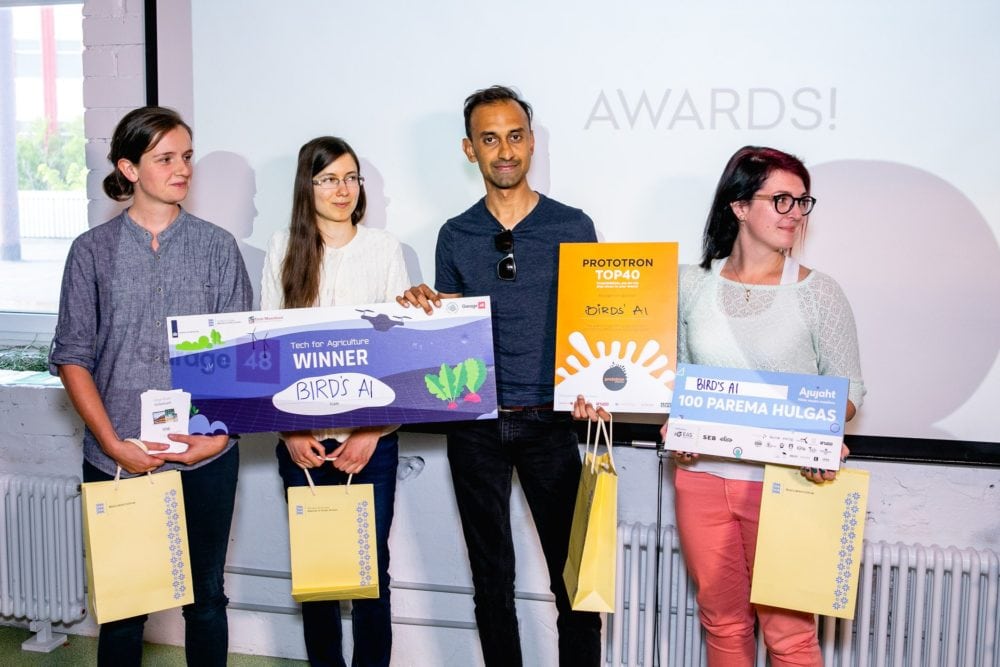
The winners! Team Bird’s AI
Helmert: “As a mentor I was gratified to see the progress made in just 48 hours. I have guided 3 groups more intensively and I have thought along in their propositions. For some ideas a closer look at the actual customer needs could have been wise, but because of the 48-hour setup, there is an urge to work towards the solution. Working on a solution is more fun anyways and it’s still a weekend huh”.
Justin: “Sadly we didn’t win the hackathon, but all in all, I had a great experience and met a lot of interesting people. Compared to other Farmhacks I’ve joined, this hackathon seemed to be more focused on mentoring from the mentors that were going around. We got mentoring in pitching, for the idea that we had and the design of our application. Which I thought was handy. What I liked about the Farmhacks though, for example the MestHack was in the Dairy Campus in Leeuwarden, which also included a tour. The Estonia hackathon seemed to get more attention from participants that didn’t have anything to do with agriculture in their normal live. This also seemed to result in relatively more developers attending than at the previous Farmhacks I’ve been to”.
All in all, the hackathon is part of a promising starting point of structured cooperation between ?? and ?? for digital innovation in agriculture. Despite the international teams, there is interest to further develop some of the concepts from the hackathon (not only of the winning teams), and as FarmHack we are exploring a potential collaboration with the Agricultural Research Centre in Estonia on one of the priorities for FarmHack this year: healthy soils.
If you want to know more or have any suggestions, let us know!


